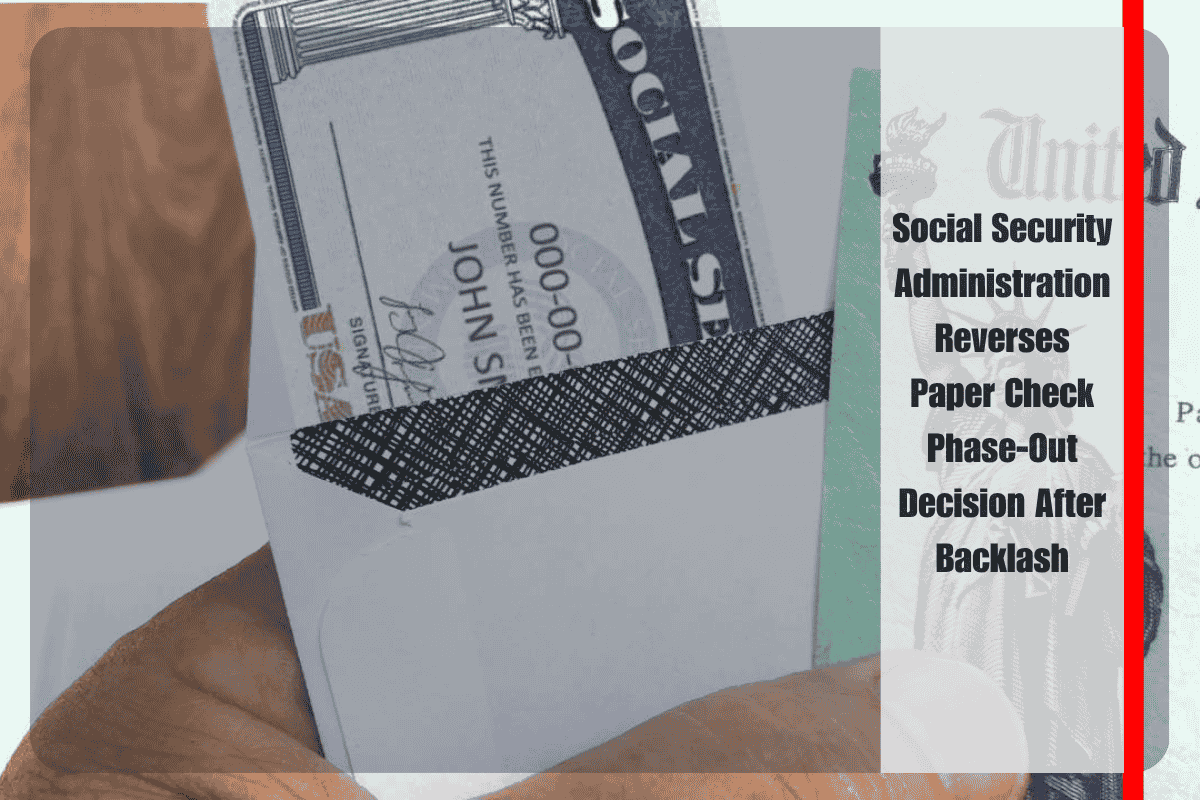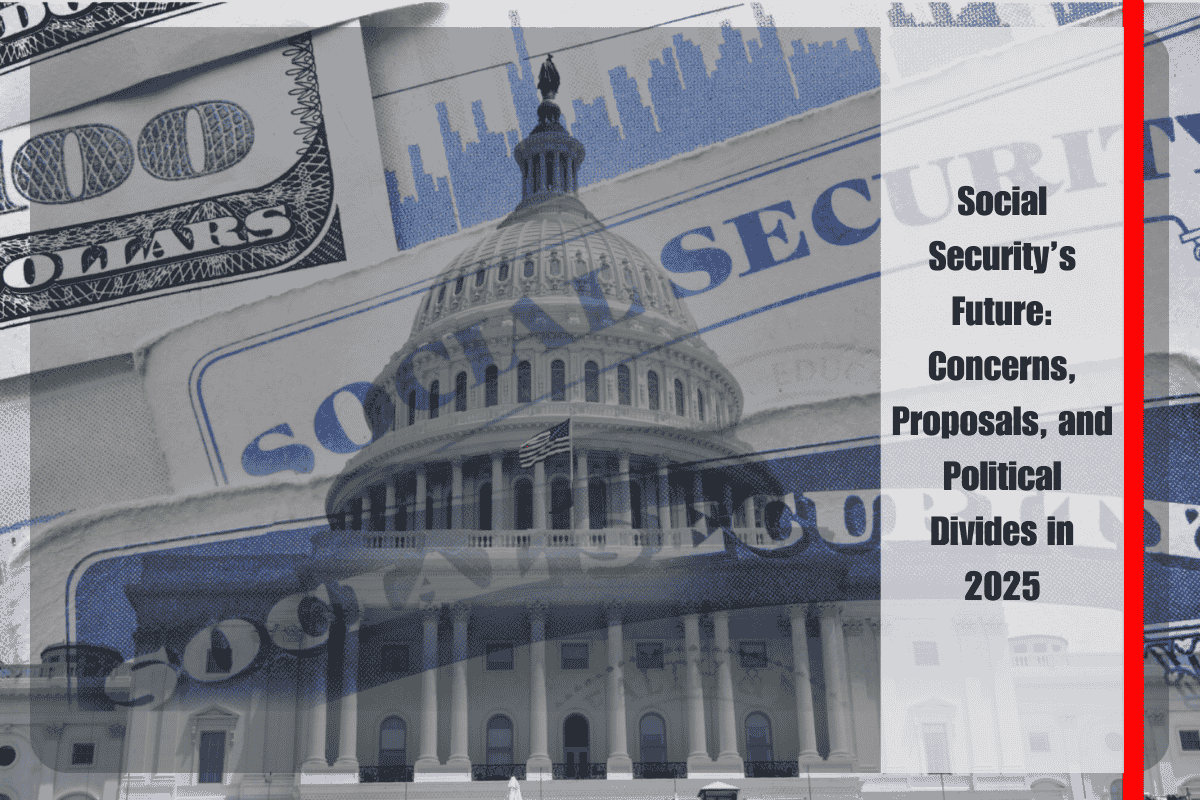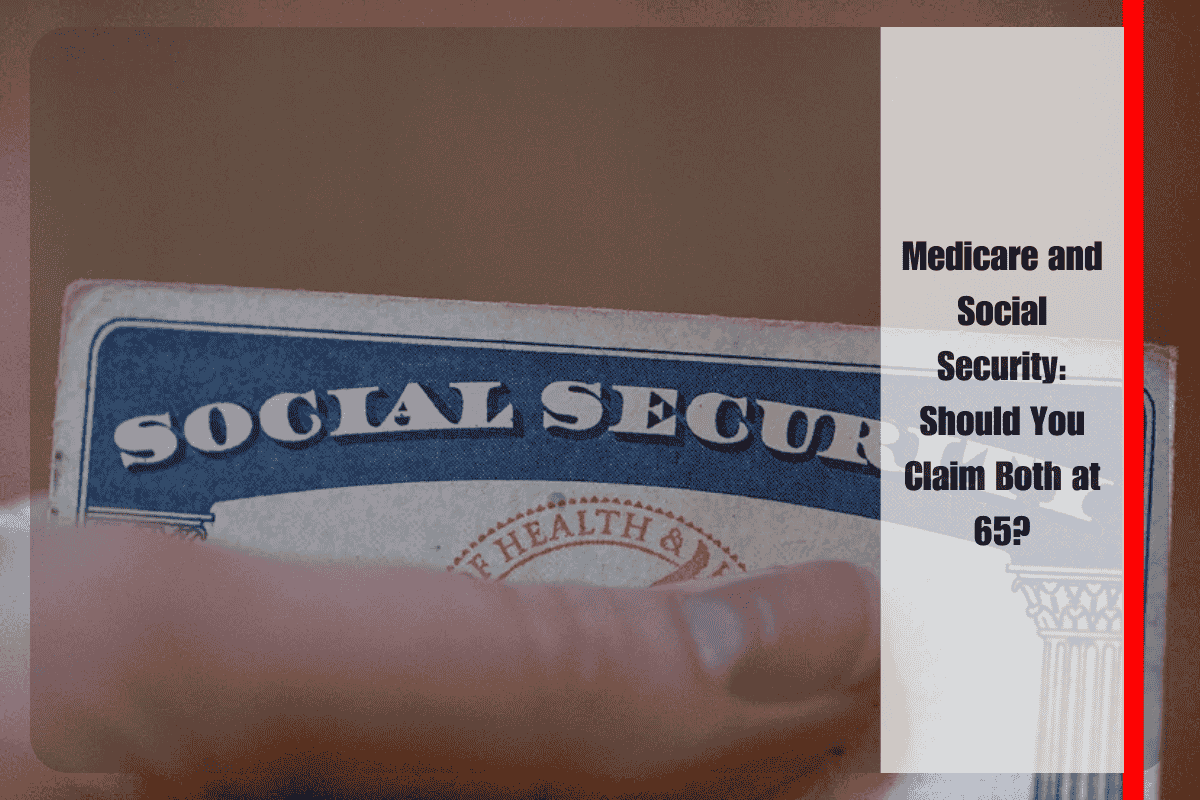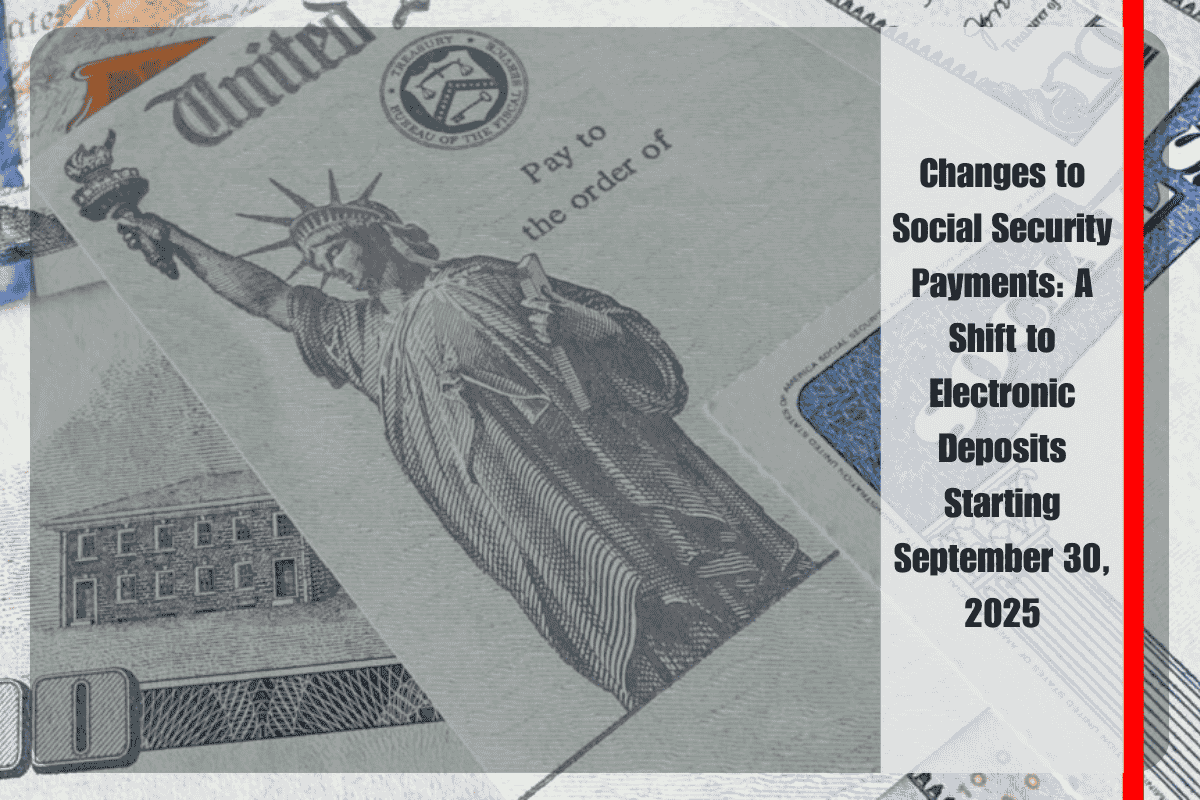If you’re a Social Security beneficiary receiving retirement benefits, SSDI, SSI, or benefits as a survivor relative, you may have been concerned about the recent announcement from the Social Security Administration (SSA) regarding the phase-out of paper checks. Fortunately, there’s no need to worry, as the decision has been reversed, and paper checks will continue for many beneficiaries, particularly those without access to digital banking options.
What Led to the Decision to Eliminate Paper Checks?
In July 2025, the SSA announced that it would fully transition to electronic payments by September 30, 2025, following an executive order from President Donald J. Trump issued in March 2025. This move aimed to modernize government systems and reduce operational inefficiencies, with the agency justifying the switch by citing security and reliability concerns. Electronic payments, they argued, were less prone to loss, theft, or delays compared to paper checks. This was based on data showing a 160% increase in mail theft complaints between March 2020 and February 2021.
However, this change sparked significant concern, especially among the rural population, seniors, and those with limited access to banking, who would be impacted the most. These groups rely heavily on physical paper checks for their benefits. The backlash was swift, and many recipients voiced their worries through social media and phone calls to the SSA, demanding the retention of paper checks.
The Reversal: Paper Checks Will Stay
The controversy led to a reversal of the SSA’s decision just nine days later, on July 23, 2025. Senator Elizabeth Warren (D-Mass.) played a pivotal role in this change, securing a compromise to continue offering paper checks as a last-resort option for those without digital access. The SSA officially agreed to retain paper checks for beneficiaries without digital access after her negotiations.
Commissioner Frank Bisignano confirmed the compromise in writing, assuring that paper checks would remain available for those who truly need them, including SSI recipients, seniors, and rural residents who face technological barriers. This was a critical win for vulnerable groups that would have been disproportionately affected by the policy change.
Why the Change Was Proposed
The initial proposal to phase out paper checks was driven by an effort to streamline operations and reduce the risk of payment issues. The SSA cited that less than 1% of recipients still used paper checks, with the vast majority opting for direct deposit or prepaid debit cards, both of which are considered faster and more secure alternatives. This decision was also aligned with global financial trends, where electronic payments have become the norm in many countries.
However, it was clear that not all beneficiaries were ready to make the switch. 74 million people received Social Security or SSI benefits as of June 2025, and while most had transitioned to digital payments, the remaining 1% (approximately 740,000 individuals) were still reliant on paper checks. Senator Warren’s efforts highlighted the fact that many of these recipients lacked access to bank accounts or reliable internet and would face difficulties adjusting to the new system.
The SSA’s Plan Going Forward
Although paper checks will remain available, the SSA will continue to promote electronic payment options for those who can use them. The Direct Express debit card is being highlighted as an intermediate solution for those without traditional bank accounts. This prepaid card offers the ability to make ATM withdrawals and retail purchases without the risk of delays associated with paper checks.
Furthermore, the SSA will continue to provide enrollment assistance for those interested in setting up direct deposit or prepaid debit cards. These digital alternatives offer speed and security advantages, and the SSA plans to educate recipients about these options.
Legal Protections Remain the Same
Regardless of the payment method, Social Security benefits are legally protected. Section 207 of the Social Security Act ensures that benefits are shielded from commercial creditor garnishment, and the Consumer Credit Protection Act safeguards two months of benefits against creditor claims. These protections apply equally to both electronic payments and paper checks.
However, mail-related risks, such as damage, loss, or theft, will continue to be a concern for those who receive paper checks, as highlighted by historical records from the SSA. The agency has noted that the last remaining beneficiaries who still rely on paper checks may eventually be encouraged to switch to electronic methods to reduce these risks in the future.
The reversal of the SSA’s decision to phase out paper checks has been a relief for many Social Security recipients, particularly seniors and those in rural areas. The SSA’s compromise ensures that paper checks will continue for individuals who do not have access to digital banking options. At the same time, the agency will intensify efforts to promote digital payment options like direct deposit and the Direct Express card for those who are able to make the transition.












